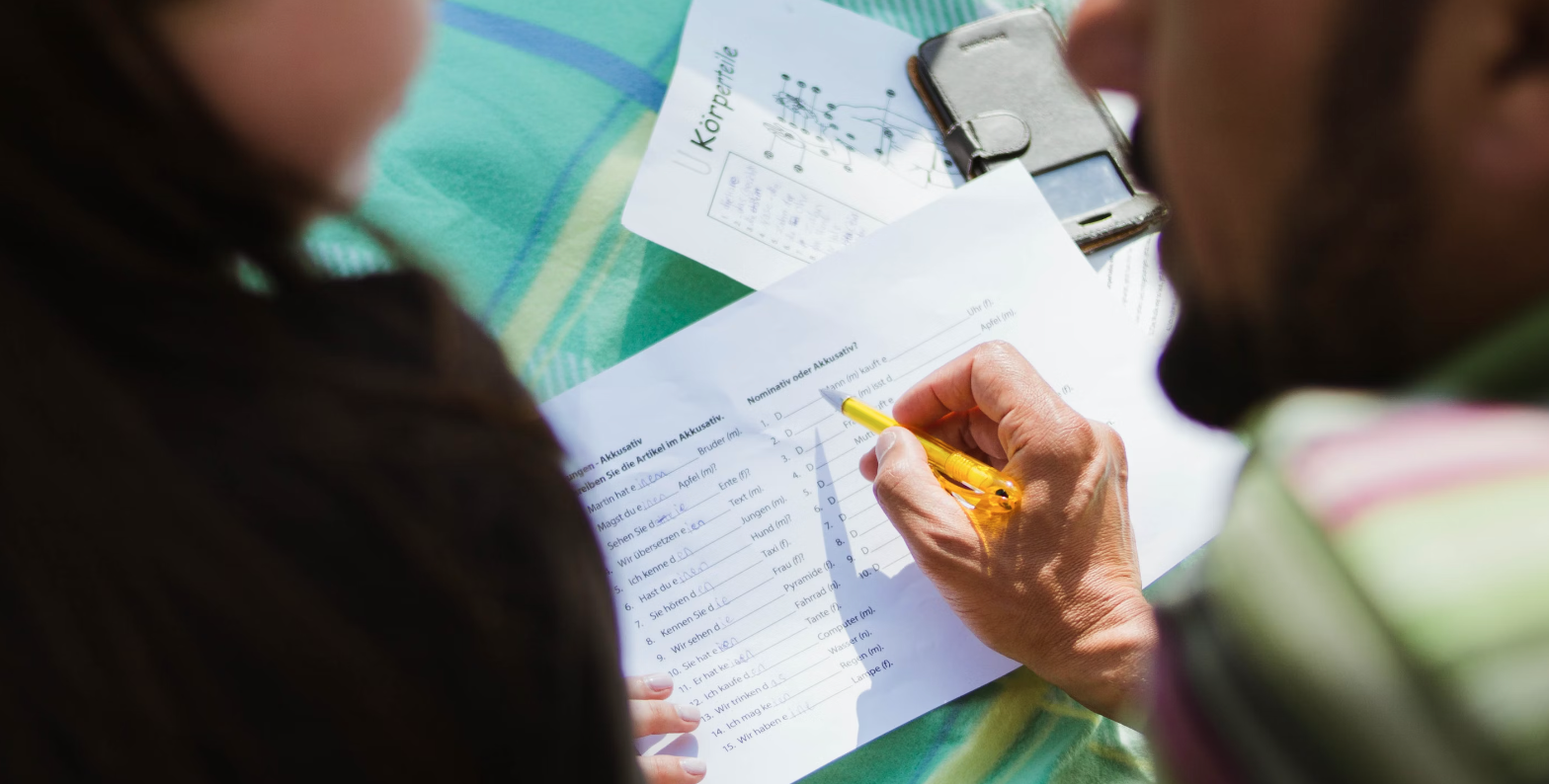The World of Figurative Language
Language is vast and ever-evolving, with the power to paint pictures and evoke emotions. Among its many facets, figurative language stands out as a vibrant tool. If you’ve ever wondered, what is figurative language? Then you’re in the right place. Let’s delve deep into its meaning, types, and beauty.
Defining Figurative Language
Figurative Language Definition
At its core, figurative language is a way of expressing ideas by comparing them to something else. It often deviates from the conventional order and meaning to convey complex concepts in a vivid and imaginative manner. So, when someone asks, “what does figurative language mean?”, you can explain it as the art of saying one thing in terms of another.
Figurative Language Simple Definition
For those who prefer a straightforward approach: it’s using words in a way that differs from their usual meaning to create a particular effect.
Dive into the Types
Types of Figurative Language
Figurative language is not just one entity but encompasses various types. You might have come across many of these in literature and daily conversations:
- Simile: A comparison using ‘like’ or ‘as’.
- Metaphor: Directly equating two unrelated things.
- Personification: Giving human qualities to non-human entities.
- Hyperbole: An extreme exaggeration.
- Onomatopoeia: Words that imitate sounds.
- Alliteration: Repetition of initial consonant sounds.
- Idiom: Phrases with a meaning different from the literal interpretation.
Examples of Figurative Language
- Simile: You’re as brave as a lion.
- Metaphor: The world is a stage.
- Personification: The wind whispered through the trees.
- Hyperbole: I’m so hungry I could eat a horse.
- Onomatopoeia: Buzz, hiss, boom.
- Alliteration: Peter Piper picked a peck of pickled peppers.
- Idiom: It’s raining cats and dogs.
Different Types of Figurative Language
While the above are some common ones, there are many other kinds of figurative expressions you might encounter, such as synecdoche, metonymy, and oxymoron.
Figurative Language Meaning and Its Significance
The Power of Figurative Expressions
Imagine describing a heartbreaking scenario. Instead of saying it plainly, using figurative language types like metaphors or personification can convey not only the event but also the deep emotions attached to it. It brings richness and depth to the narrative, allowing the listener or reader to visualize and feel more profoundly.
In Everyday Use
You might be surprised, but you use different figurative language almost daily. When you say, “I’m on cloud nine,” or “That’s a piece of cake,” you’re employing idioms – a form of figurative language!
Clarifying Common Queries
What are the Types of Figurative Language?
As discussed above, there are several types, including similes, metaphors, personification, and more.
What’s Figurative Language vs. Literal Language?
While figurative language is symbolic and often relies on comparisons, literal language means exactly what it says. For instance, “she’s a night owl” (figurative) vs. “she stays up late” (literal).
All Figurative Languages – Are They All the Same?
No, as we’ve explored, there are various types of figurative language, each with its own unique flair and purpose.
Conclusion
Understanding and mastering figurative language can elevate your communication skills, making you a more effective and expressive speaker or writer. It’s the paintbrush of language, allowing you to color your words with shades of meaning and emotion. So, next time you stumble upon a piece of literature or engage in a chat, appreciate the nuances of figurative language and let your imagination soar!

